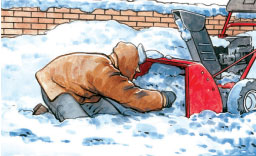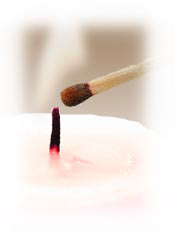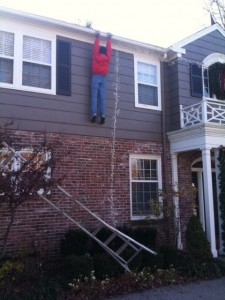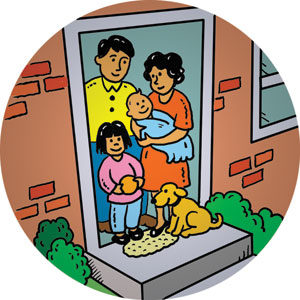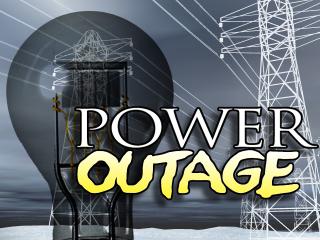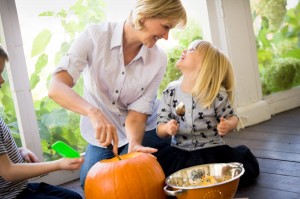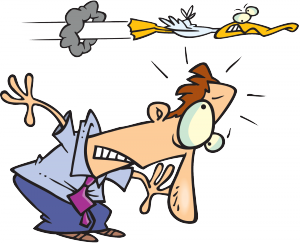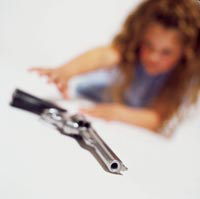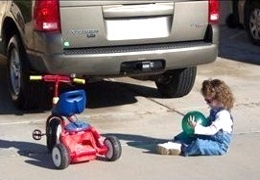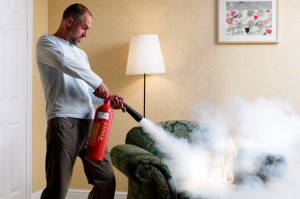 When is a fire at a point where it might still be controlled by a fire extinguisher?
When is a fire at a point where it might still be controlled by a fire extinguisher?
Portable fire extinguishers are valuable for immediate use on small fires. They contain a limited amount of extinguishing material and need to be properly used so that this material is not wasted. For example, when a pan initially catches fire, it may be safe to turn off the burner, place a lid on the pan, and use an extinguisher. By the time the fire has spread, however, these actions will not be adequate. Only trained firefighters can safely extinguish such fires.
Use a fire extinguisher only if:
- You have alerted other occupants and someone has called the fire department;
- The fire is small and contained to a single object, such as a wastebasket;
- You are safe from the toxic smoke produced by the fire;
- You have a means of escape identified and the fire is not between you and the escape route; and
- Your instincts tell you that it is safe to use an extinguisher.
If all of these conditions are not present, you should NOT try to use a fire extinguisher. Alert other occupants, leave the building following your home escape plan, go to the agreed upon meeting place, and call the fire department from a cell phone or a neighbor’s home.
via Home Fire Safety | Use and Maintenance of Home Fire Extinguishers.

